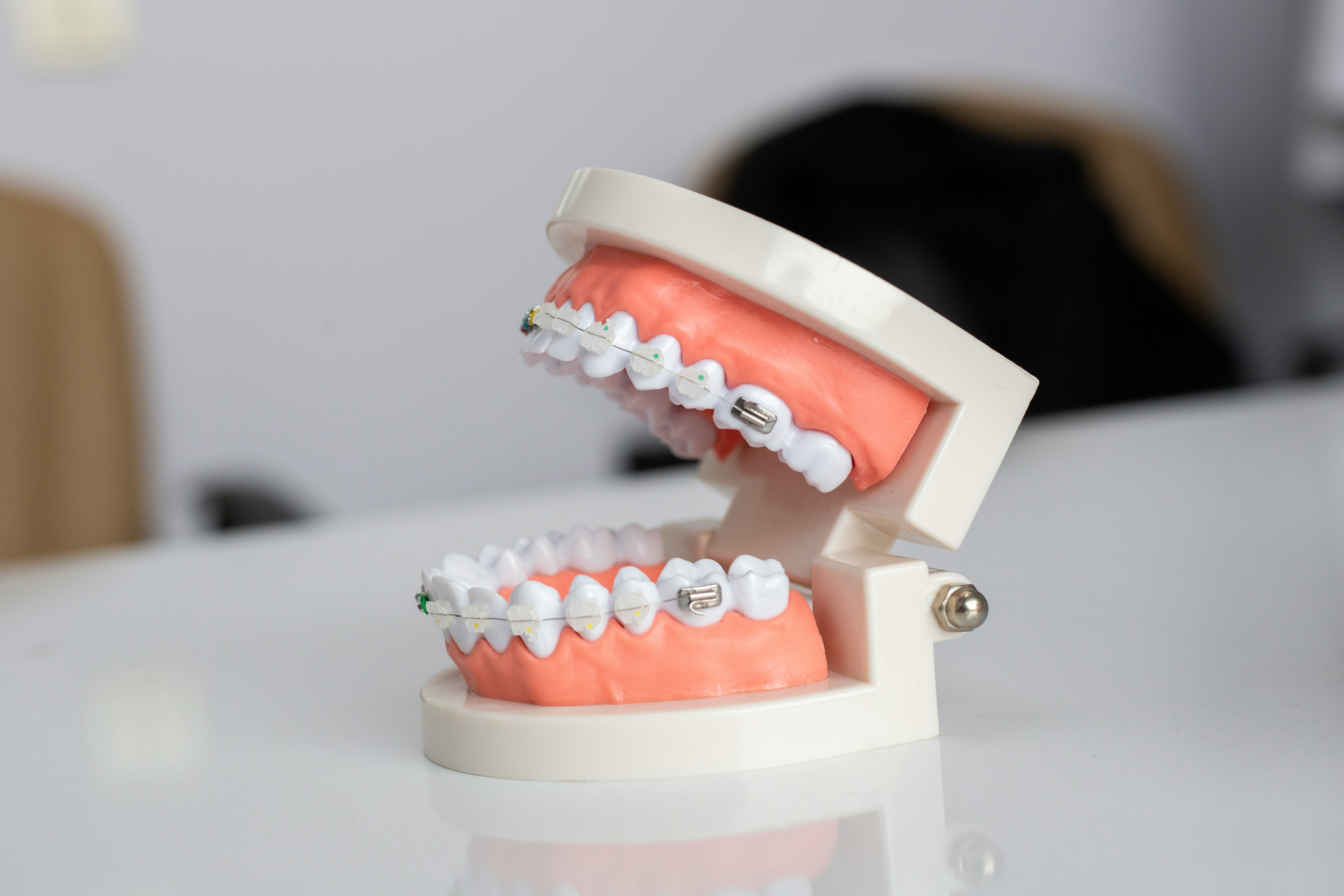Discover the Future of Dental Implants: Screwless Solutions in Australia
The dental implant industry in Australia is undergoing a revolutionary transformation with the introduction of screwless dental implants. These advanced systems offer patients a more comfortable and efficient alternative to traditional screw-retained implants. By eliminating many complications associated with conventional designs, screwless implants provide the same long-lasting, functional, and aesthetic results while simplifying the treatment process.

Replacing missing teeth is crucial for maintaining oral health, chewing function, and aesthetic appearance. Traditional dental implants have long been a reliable solution, but ongoing research and technological advancements continue to refine these procedures. Screwless dental implants, a newer development, are gaining attention in Australia for their distinct approach to securing prosthetic teeth.
What Are Screwless Dental Implants?
Screwless dental implants, also known as cement-retained or friction-fit implants, represent an alternative to the more common screw-retained systems. Unlike traditional implants that use a small screw to attach the crown or bridge to the implant post, screwless systems typically rely on a precise, friction-fit connection or dental cement. This design aims to eliminate the potential issues associated with screws, such as loosening or fracture, while still providing a stable and durable foundation for tooth restoration. The implant itself is still surgically placed into the jawbone, but the method of attaching the final prosthetic differs significantly.
How Does the Screwless Implant Procedure Work?
The initial phase of the screwless implant procedure is similar to that of traditional implants. It begins with a comprehensive dental examination, including imaging to assess jawbone density and overall oral health. Once suitability is confirmed, a titanium or zirconia implant post is surgically inserted into the jawbone. This post then undergoes a period of osseointegration, where it fuses with the bone, typically lasting several months. After successful integration, instead of screwing on an abutment and crown, the screwless system uses a specially designed abutment that fits precisely into the implant post, often secured with strong dental cement or a friction-based mechanism. The final crown or bridge is then attached to this abutment, completing the restoration. This method aims for a seamless fit and a natural appearance.
What Are the Benefits of Screwless Implant Technology?
Screwless implant technology offers several potential advantages. One key benefit is the elimination of screw access holes, which are sometimes visible on traditional screw-retained crowns, particularly on front teeth. This can lead to a more aesthetically pleasing restoration with a smoother surface. The absence of a screw also removes the possibility of screw loosening or fracture, which can be a complication in traditional implants, potentially reducing the need for future maintenance or repairs. Additionally, some practitioners suggest that screwless designs may offer better protection against bacterial accumulation, as there are no micro-gaps around a screw head where bacteria could potentially gather. The cementation process, when done correctly, can create a strong, hermetic seal.
Who Is a Good Candidate for Screwless Implants?
Determining suitability for screwless dental implants involves a thorough assessment by a qualified dental professional. Generally, good candidates are individuals who have lost one or more teeth and possess sufficient jawbone density to support an implant. Overall good oral health and general health are also important factors. Patients who prioritize aesthetics, particularly for visible teeth, might find screwless options appealing due to the absence of screw access holes. Those who have experienced issues with screw loosening in previous traditional implants might also be considered. However, factors such as severe gum disease, uncontrolled chronic conditions, or habits like heavy smoking may affect candidacy, similar to traditional implants. A detailed consultation is essential to ascertain the most appropriate implant solution for individual needs.
Understanding Screwless Dental Implant Costs in Australia
The cost of screwless dental implants in Australia can vary significantly based on several factors, including the number of implants required, the specific materials used, the complexity of the procedure, any additional treatments like bone grafting, and the location and experience of the dental clinic. While screwless implants may involve different components and techniques compared to traditional screw-retained systems, their overall cost typically falls within the general range for high-quality dental implant solutions. Patients should anticipate that advanced technologies often reflect in the pricing.
| Product/Service | Provider (Example) | Cost Estimation (AUD per implant) |
|---|---|---|
| Single Dental Implant | General Dental Clinic | $4,000 - $7,000 |
| Screwless Implant Option | Specialist Clinic | $5,500 - $8,500+ |
| Full Arch Implants | Dental Centre | $20,000 - $50,000+ (per arch) |
Prices, rates, or cost estimates mentioned in this article are based on the latest available information but may change over time. Independent research is advised before making financial decisions.
Conclusion
Screwless dental implants represent an exciting advancement in restorative dentistry, offering Australian patients an alternative to traditional screw-retained solutions. By focusing on a friction-fit or cement-retained connection, these implants aim to enhance aesthetics and potentially reduce certain complications associated with screws. As with any dental procedure, a comprehensive evaluation and discussion with a dental professional are crucial to determine the most suitable treatment path for individual circumstances, ensuring a well-informed decision for long-term oral health and function.




